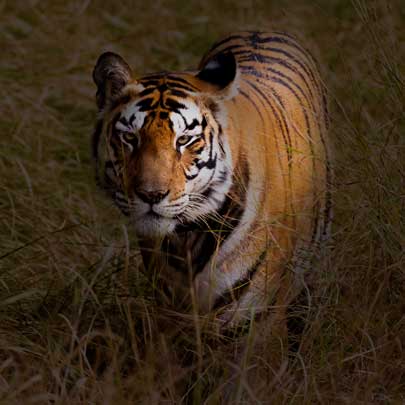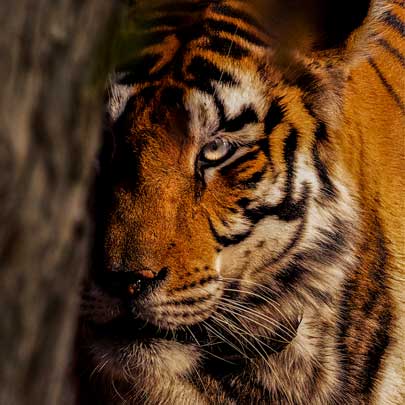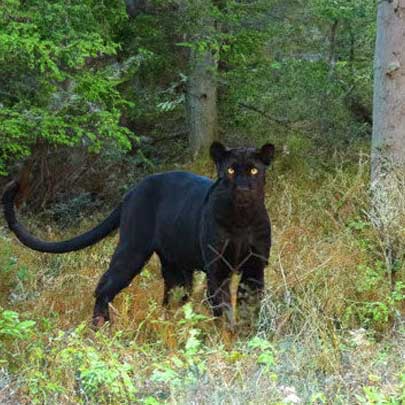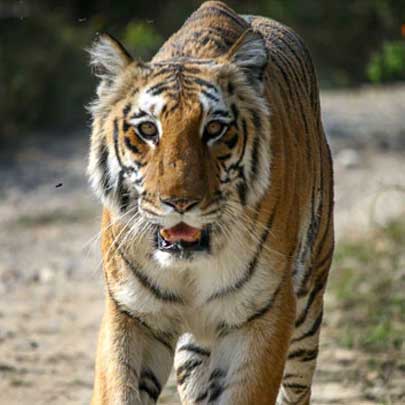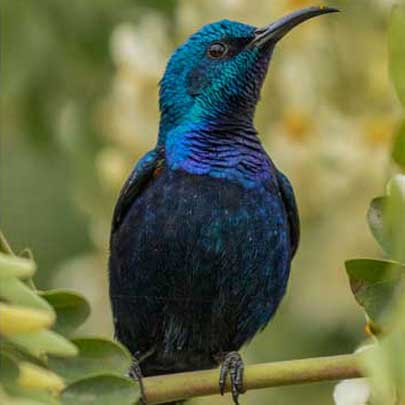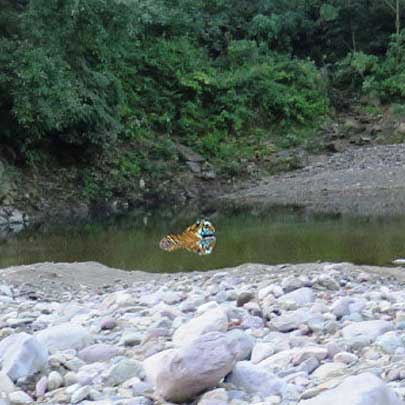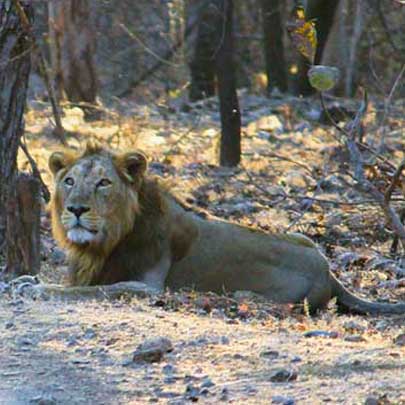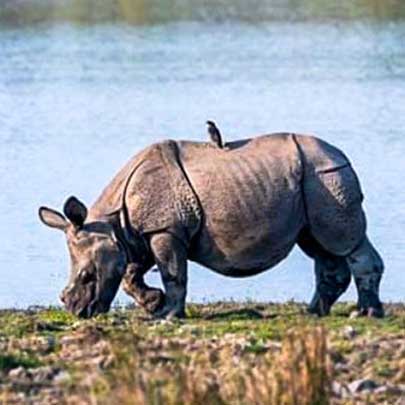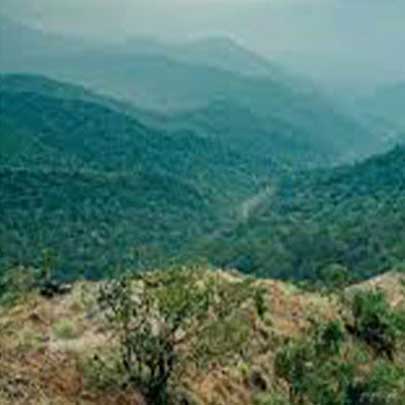Understanding Animal Behavior on Wildlife Tours: A Guide to Deeper Connection with Nature
Understanding Animal Behavior on
Wildlife Tours: A Guide to Deeper
Connection with Nature
Explore how understanding animal behavior can elevate your wildlife tours. Learn from experts, read signs in nature, and embrace ethical wildlife watching with Wildlense Eco Foundation.
Introduction

Wildlife tourism is more than just seeing animals in their natural habitat—it's about understanding their behavior, forming a respectful connection, and preserving the delicate balance of ecosystems. Whether you're tracking a tiger in Madhya Pradesh or watching elephants in Karnataka, knowing how animals behave enriches the experience and promotes ethical travel.
This blog delves into how you can understand animal behavior on wildlife tours, offering insights that enhance your sightings, improve your photographs, and contribute to wildlife conservation. Organizations like Wildlense Eco Foundation are leading the way in promoting responsible wildlife tourism, and their work forms a vital part of this discussion.
Why Understanding Animal Behavior Matters

When tourists enter a forest, they are often fascinated by the majestic presence of wildlife. But without understanding their behavior, these encounters can remain superficial. Here’s why observing behavior matters:
-
Safety: Recognizing warning signs like mock charges or territorial calls helps keep you safe.
-
Ethical Watching: Understanding discomfort signals ensures animals aren’t stressed by your presence.
-
Deeper Insight: It reveals patterns in animal social structures, feeding habits, and survival strategies.
-
Better Photography: Anticipating animal movements can help you capture award-winning shots.
Common Animal Behaviors to Watch For

Here are some commonly observed behaviors on Indian wildlife safaris and their meanings:
1. Territorial Marking
Species like tigers and leopards often mark their territory with urine, scratch marks on trees, or scent glands. These signs are clear indicators that you're in a predator’s domain.
Look for: Scratch marks, urine sprays, scent trees
2. Alarm Calls
Monkeys, deer, and birds emit alarm calls when a predator is nearby. Naturalists use these cues to follow predators without disturbing them.
Animals to watch: Langurs, spotted deer, peacocks
3. Feeding Patterns
Elephants, gaur, and deer feed during cooler parts of the day. Carnivores, on the other hand, often hunt at dusk or dawn.
Timing matters: Plan safaris early morning or late afternoon
4. Mating and Social Displays
From the peacock’s dance to the trumpet calls of elephants, animals use displays to attract mates or assert dominance.
Be respectful: Keep a safe distance during mating seasons
5. Parental Behavior
Watching how animals care for their young—whether it’s a tigress teaching her cubs to hunt or langur mothers grooming their babies—offers touching insights.
Tip: Observe quietly without drawing attention
How to Observe Animal Behavior Responsibly

1. Patience is Key
Wildlife observation isn’t about rushing from one sighting to another. Spend time in one spot and let nature unfold.
Pro Tip: Choose longer tours or multi-day packages to allow for deeper observation.
2. Silence and Scent
Animals have sharp senses. Loud voices, perfumes, and even your mobile phone’s light can be disruptive.
Follow: Forest guide instructions strictly
3. Binoculars and Guides
Use binoculars for distant sightings. A trained naturalist can interpret subtle behaviors you might miss.
Partner with experts like Wildlense Eco Foundation, whose guides are trained in animal psychology and eco-education.
Role of Wildlense Eco Foundation

Promoting Responsible Wildlife Tourism
Wildlense Eco Foundation is a pioneer in promoting sustainable and ethical wildlife tourism across India. Their initiatives focus on:
-
Eco-awareness programs for tourists
-
Training local guides in animal behavior
-
Wildlife documentation and research
-
Community-driven conservation efforts
Their immersive wildlife tours, especially in Bandhavgarh, Kanha, Pilibhit and Panna, are designed to educate, engage, and conserve.
Tips for Specific Wildlife Zones in India
1. Kanha and Bandhavgarh (Madhya Pradesh)
-
Excellent for tiger behavior observation.
-
Look for scent marking, pugmarks, and kill sites.
-
Wildlense Eco Foundation runs educational safaris here.
2. Corbett (Uttarakhand)
-
Great for elephant herds and bird migration behavior.
-
Watch for trail following and herd structure.
3. Kaziranga (Assam)
-
Spotting rhinos offers insight into solitary vs. social behavior.
-
Observe wallowing and feeding near water bodies.
4. Sundarbans (West Bengal)
-
Understanding tidal patterns is essential.
-
Watch for swimming tigers, which is rare elsewhere.
Animal Behavior Photography Tips

If you're a wildlife photographer, understanding animal behavior helps in:
-
Anticipating action (like a tiger yawning before standing)
-
Composing the shot (focus on eye contact, social interactions)
-
Using natural light (morning light enhances textures and mood)
Final Thoughts: Watch, Learn, and Respect
Understanding animal behavior is the bridge between a mere sighting and a truly transformative wildlife experience. It enriches your safari, deepens your connection with nature, and empowers you to become a responsible wildlife ambassador.
Organizations like Wildlense Eco Foundation play a crucial role in shaping a tourism culture that observes, learns, and protects. Next time you venture into the wild, look beyond the obvious—watch their ears, hear their calls, track their paths, and above all, respect their space.
Ready to Explore?
If you're looking to book your next wildlife experience with a focus on education and conservation, check out the tour packages and initiatives offered by Wildlense Eco Foundation.
Explore the wild, understand the untamed, and protect what you love.



























